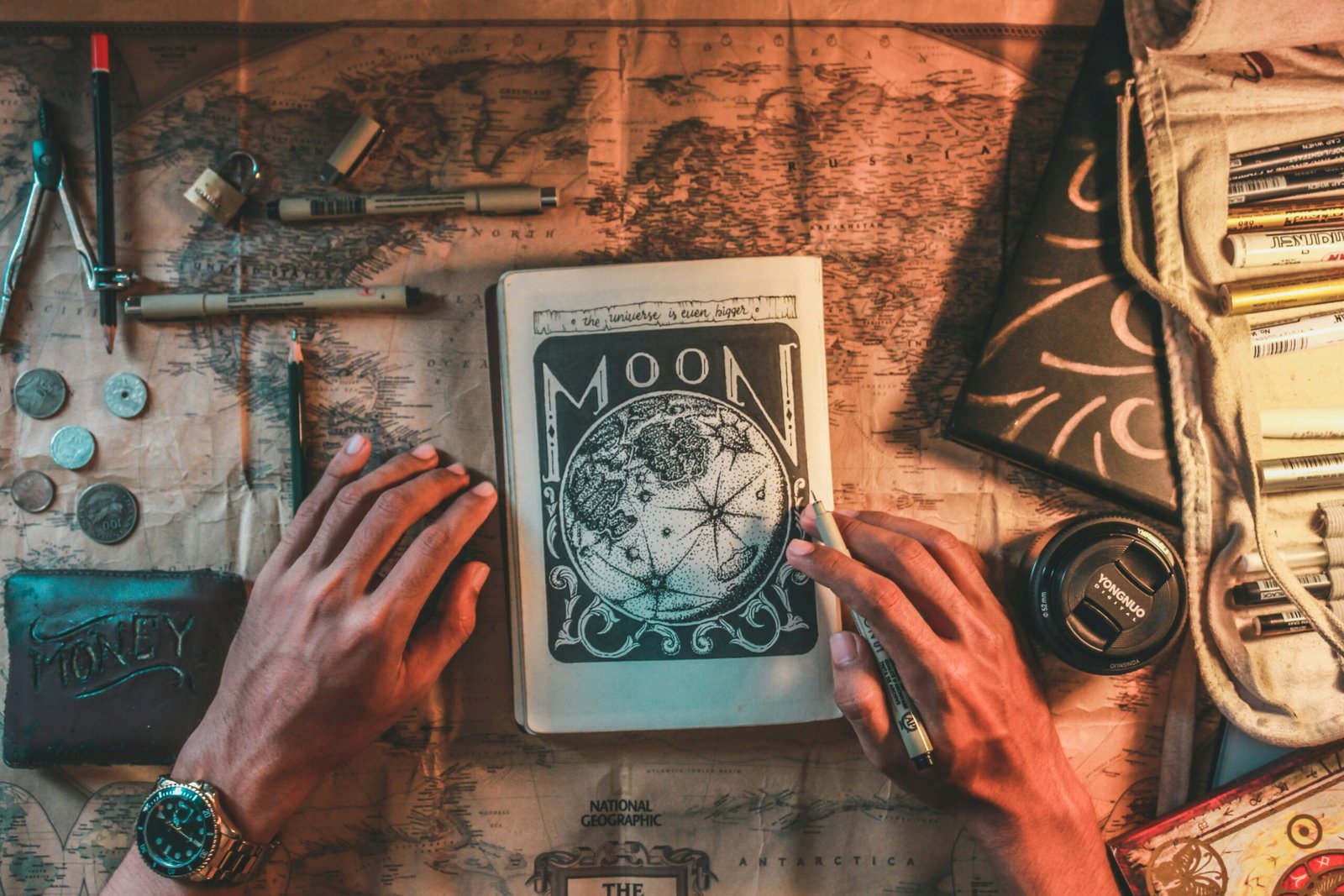The Psychology of Magic: Unveiling the Secrets Behind Illusions

Photo by <a href="https://unsplash.com/@almosbech" rel="nofollow">Almos Bechtold</a> on <a href="https://unsplash.com/?utm_source=hostinger&utm_medium=referral" rel="nofollow">Unsplash</a>
The Psychology of Magic: Unveiling the Secrets Behind Illusions
When we watch a magician perform mind-blowing tricks, we are often left in awe and wonder. How do they manage to deceive our senses and make the impossible seem possible? The answer lies in the fascinating world of psychological principles and techniques that magicians employ to create illusions and captivate their audiences.
The Power of Misdirection
One of the fundamental techniques used by magicians is misdirection. By diverting the audience’s attention away from the secret workings of a trick, magicians are able to create an illusion that defies logic. This psychological principle relies on the fact that our attention is limited, and our brains can only process a limited amount of information at any given moment.
Magicians exploit this limitation by directing our attention towards something seemingly important, while the actual trick is being executed elsewhere. For example, a magician might use gestures, props, or even verbal cues to draw our attention away from the secret sleight of hand happening right under our noses.
The Power of Suggestion
Another powerful psychological principle used by magicians is suggestion. By subtly influencing our thoughts and perceptions, magicians are able to shape our reality and make us believe in the impossible. This technique relies on the power of our subconscious minds and our susceptibility to suggestion.
Magicians often use language, body language, and even their appearance to plant suggestions in our minds. They might use persuasive language to convince us of a certain outcome or create a false memory that supports their illusion. By subtly manipulating our thoughts and perceptions, magicians are able to control our experience of the trick and make it seem even more extraordinary.
The Power of Cognitive Biases
Cognitive biases are inherent flaws in our thinking processes that can be exploited by magicians to create illusions. These biases are the result of our brain’s tendency to take shortcuts and make quick judgments based on limited information. Magicians are masters at exploiting these biases to their advantage.
One common cognitive bias that magicians often exploit is the confirmation bias. This bias refers to our tendency to seek out information that confirms our existing beliefs and ignore or downplay information that contradicts them. Magicians use this bias to lead us to a predetermined conclusion or perception, making us more susceptible to their illusions.
Another cognitive bias that magicians often exploit is the attentional bias. This bias refers to our tendency to pay more attention to certain stimuli while ignoring others. By strategically directing our attention towards specific objects or actions, magicians can manipulate our perception of reality and create stunning illusions.
The Power of Showmanship
While psychological principles and techniques play a crucial role in creating illusions, the art of showmanship is equally important. Magicians are not just skilled manipulators of our minds; they are also performers who know how to engage and captivate their audiences.
Magicians use their charisma, stage presence, and storytelling abilities to create a sense of wonder and suspense. By building anticipation, controlling the pace of the performance, and delivering surprises at just the right moment, magicians are able to create a memorable and mesmerizing experience for their audience.
Conclusion
The psychology of magic reveals the intricate techniques and principles that magicians use to create illusions and captivate their audiences. By understanding the power of misdirection, suggestion, cognitive biases, and showmanship, we can gain a deeper appreciation for the art of magic and the remarkable abilities of these skilled performers.






